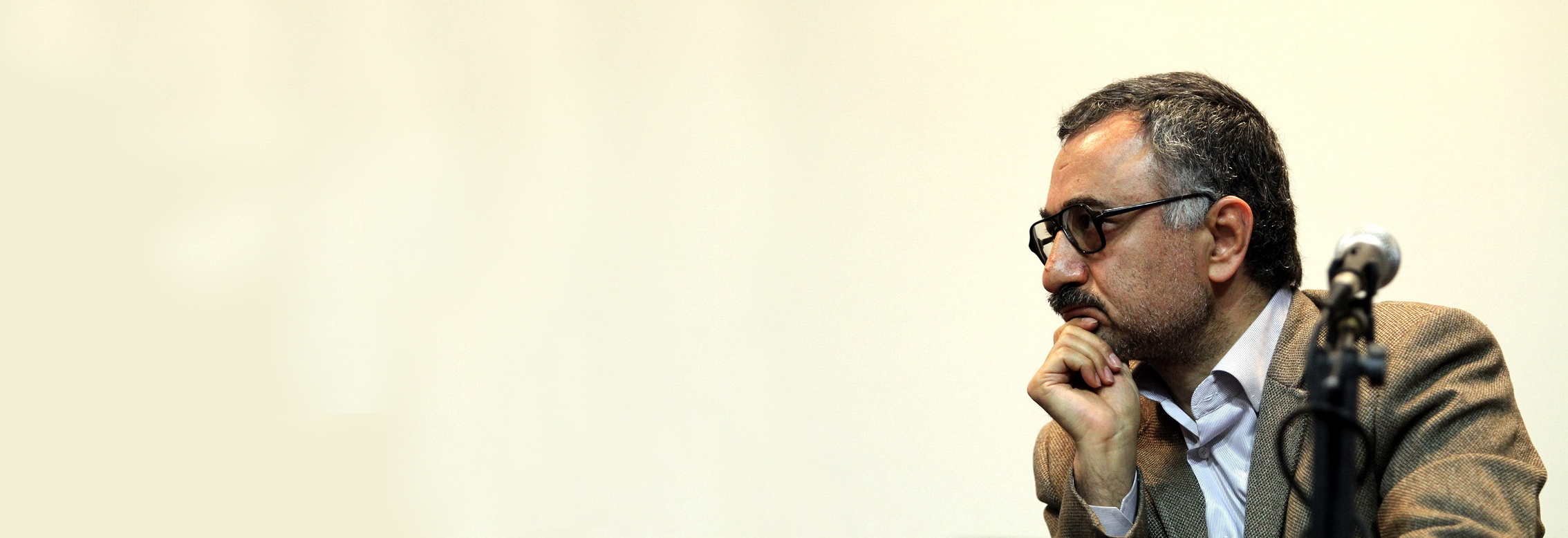Corruption is the first challenge threatening Iran’s economy, prominent Iranian economist, Saeed Laylaz, has said in a write-up published by Iran Chamber of Commerce, Industries, Mines and Agriculture’s news portal. “Although economists have repeatedly warned about this issue, I believe corruption in this country has snowballed out of control, leaving no way out. The fight against corruption should be set high on the agenda of the incoming government,” he added.
Incidentally, fighting corruption and money laundering are among 14 priority projects First Vice President Es’haq Jahangiri has tasked the Ministry of Economic Affairs and Finance with in the current Iranian year (started March 21).
Laylaz noted that capital formation is the second problem the government has to address resolutely, as the government led by President Hassan Rouhani (since August 2013) has put in a lackluster performance in this respect.
Following a brief spell in the fiscal 2014-15, the rate of capital formation slid into negative territory in the fiscal years 2015-16 and 2016-17.
“What I expect from the new economic climate of post-sanctions era and the nuclear deal is to see capital formation rate return to that of the fiscal 2006-7,” he said.
The economist further said that in its heyday, which coincided with the second term of the reformist government, foreign investment in Iran stood at $5 billion, constituting 4% of the total capital formation in the country in those years.
“About 70% of the rise in investment then was made by the private sector. The private sector’s political participation has been significant over the past four years, but their economic participation through investment has been minimal,” he said.
In its latest report on Iran’s economic growth in March 2016-17, the Central Bank of Iran said gross fixed capital formation contracted by 3.7% during the period compared to the preceding year.
Laylaz said overcapacity is the third challenge facing Iran’s economic development.
Erroneous economic policies in the 2000s, including foreign currency manipulation despite the annual rise in inflation rate were to blame for overcapacity, which were wrongly called recession.
“The manufacturing capacity of some sectors in our country equals that of half of the Middle East,” he said.
“Housing sector that used to be the propeller of Iran’s economic growth grew so big that now we consider its failure to be synonymous with the collapse of the whole Iranian economy. Economists believe that this sector is suffering from recession whereas the share of new homes, and not the housing sector, in GDP stands at 7% compared to the 8th government’s 5%.”
According to Roads and Urban Development Minister Abbas Akhoundi, there are vacant homes worth $200-250 billion, which are not likely to be occupied for the next 10 years.
Laylaz believes unemployment is the fifth and gravest challenge in Iran’s economy, “which does not have a short-term solution”.
Iran’s unemployment rate in the last fiscal year (ended March 2017) stood at 12.4%, registering a 1.4% rise compared with the year before, according to the Statistical Center of Iran.
The SCI data show 3.2 million people were unemployed and that 10.5% of men (or 2.19 million) and 20.7% of women (or 1.01 million) of ages 10 and above were jobless during the period.
Unemployment rate was 13.7% for urban areas and 8.9% in rural regions. Joblessness was higher among women compared to men and among those living in urban areas.
The youth unemployment rate, i.e. the proportion of the population between the ages of 15 and 29, stood at 25.9%, posting a 2.6% rise year-on-year.
Masoud Nili, a senior presidential advisor, says the government of President Hassan Rouhani is among the world’s top five in generating an annual average of 704,000 jobs.
“But this extraordinary feat has gone unnoticed because of the sharp increase in the number of job-seekers,” he said.


